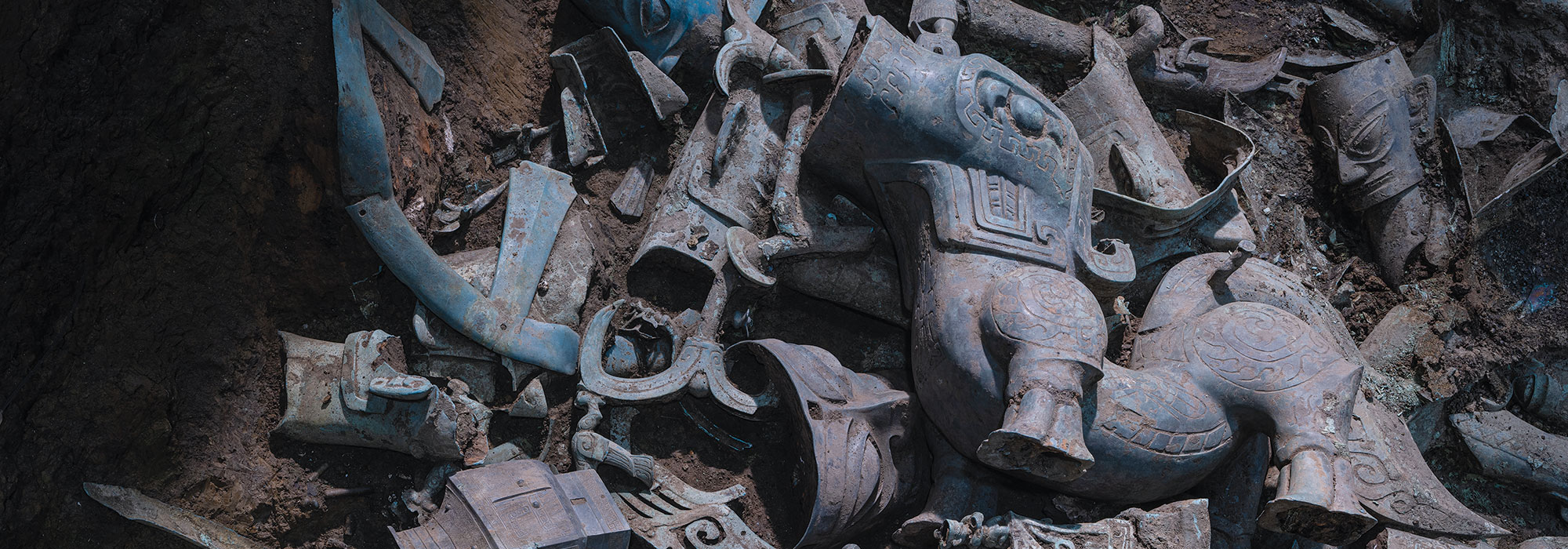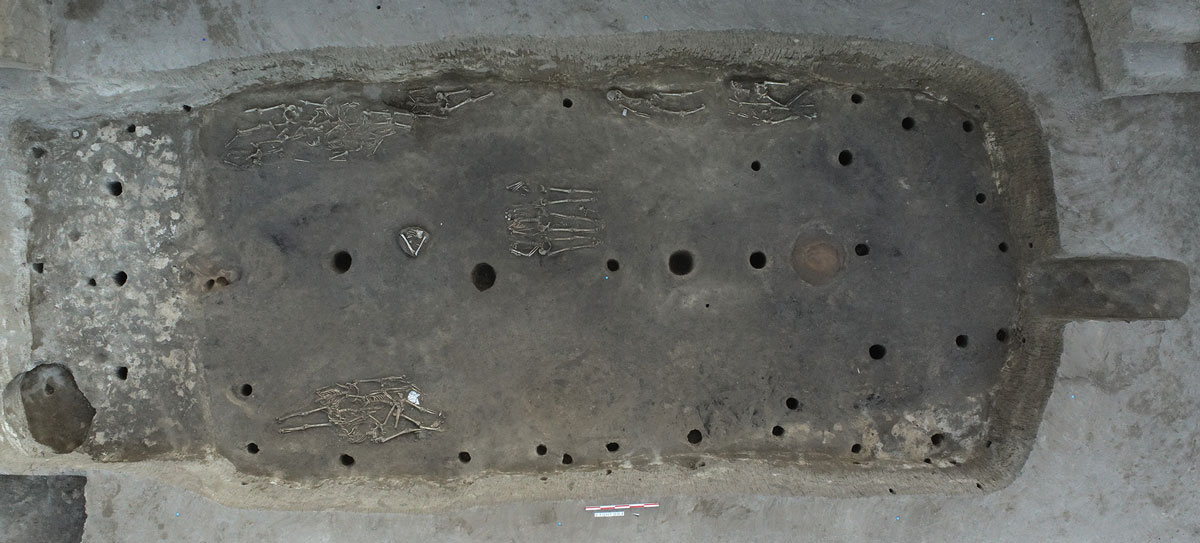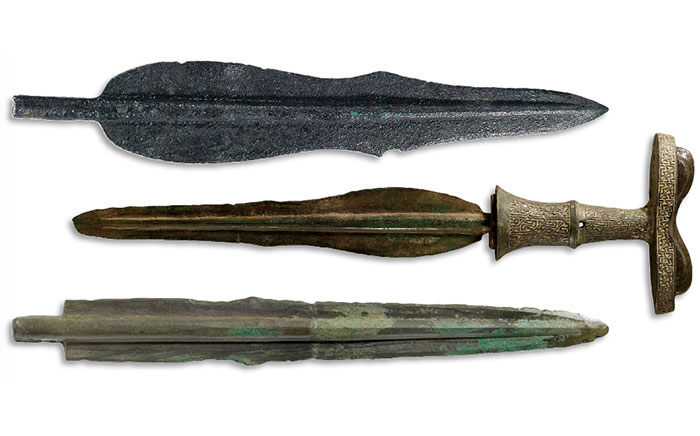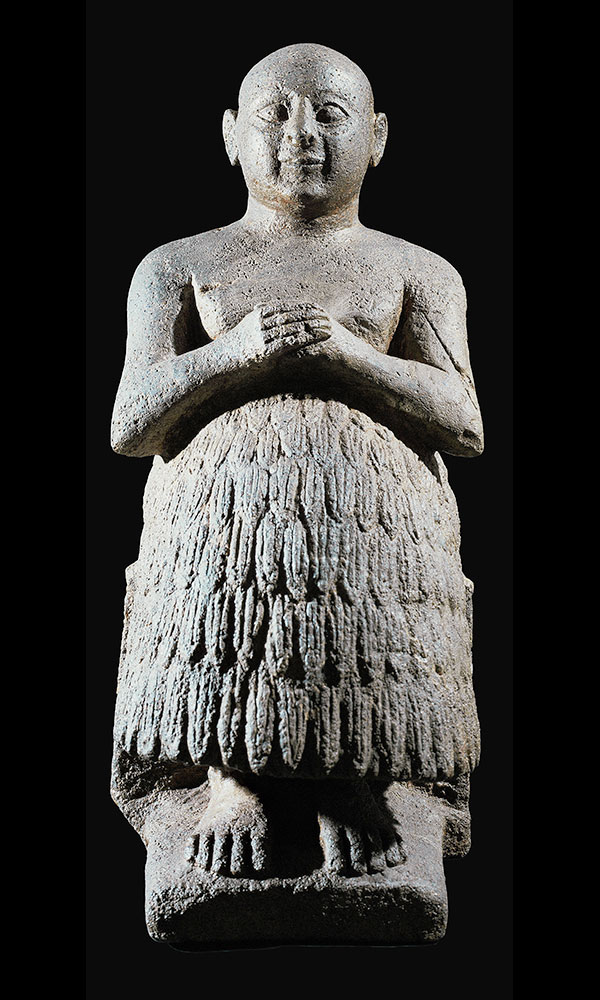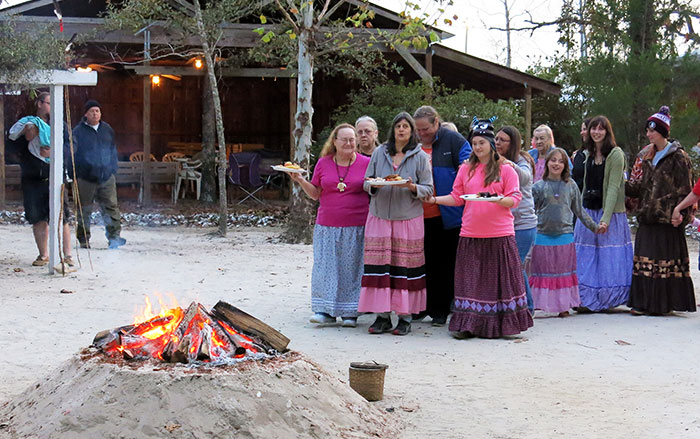
CAMBRIDGE, ENGLAND—Analysis of ancient feces shows that infectious parasites were transported on China’s Silk Road along with valuable goods. Researchers excavated the 2,000-year-old excrement from a latrine at Xuanquanzhi, a major stopping point along the legendary trading route in northwestern China. The feces were found on “personal hygiene sticks,” rods wrapped with cloth at one end that travelers used to clean themselves after defecating. Microscopic examination revealed the eggs of four parasitic intestinal worms in the feces, including those of Chinese river fluke, which thrives in wet areas and could not have come from the area where the excavation took place—the arid Tamrin Basin. The worm is most common in Guangdong Province, around 1,240 miles from the site, suggesting that the traveler infected with it most likely journeyed a great distance. “This is the earliest evidence for the spread of infectious diseases along the Silk Road,” Piers Mitchell of the University of Cambridge told Live Science, “and the first to find evidence at an archaeological site along the Silk Road itself.” For more, go to “Vikings, Worms, and Emphysema.”



